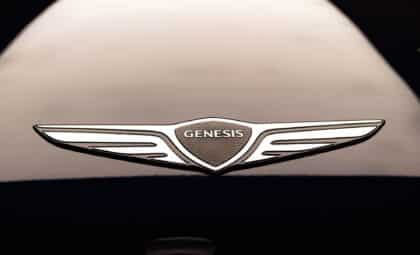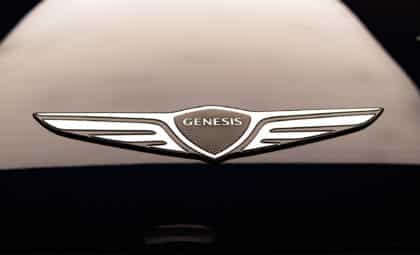The Ford GT supercar is fast and powerful. That’s about as objective a statement as it gets: it boasts a 216 mph top speed thanks to a 647-horsepower high-output twin-turbocharged 3.5-liter V6 EcoBoost engine, after all. But the GT is more complex and nuanced than high output and quickness; with five available driving modes, it’s capable of handling different environs and driving situations with ease.
“We focused on simplifying the experience,” said Derek Bier, Ford GT manager. “Optimizing this car for just about any situation was critical, because ensuring owners always enjoy driving it was a top priority.”
A More Affordable Performer: The 2017 Ford Fiesta ST is a heckuva lotta fun to drive
In simple terms, each of the Ford GT’s five drive mode settings handle a specific situation. Normal mode is keyed for everyday driving scenarios, Wet mode is ideal for inclement weather, Sport mode is catered for “more spirited ventures” in dry conditions, Track mode is made for competitive scenarios, and V-Max is geared specifically for going in a straight line as fast as possible.
Naturally, despite the idea of simplicity, there’s more to it than all that: Normal mode maintains the 120-millimeter ground clearance, keeps the suspension cushy and soft, and automatically deploys the rear wing for added aerodynamics at 90 mph or when aggressive braking is detected. Wet mode is ostensibly the same, but it reconfigures throttle control calibration to limit slippage on slick roads.
Sport mode adds three additional modes to and manual adjustment of the GT’s AdvanceTrac stability and traction control and employs refined throttle calibration and an anti-lag system to get even more out of the engine’s performance.
“Driver-demand calibrations get more aggressive—where slight changes in throttle result in faster acceleration,” said Nick Terzes, Ford GT engineering supervisor. “Gear changes are more rapid, while clutches disengage and engage very quickly for maximum acceleration.”
Both Track mode and V-Max mode are strictly recommended for racing situations only. The former drops the GT’s ride height by 50 millimeters, firms up the damping to its most rigid setting, and deploys the rear wing and closes aerodynamic ports in the front to maximize downforce. The latter drops the ride height by the same degree but leaves the rear wing stowed to cut down on drag.
“Even coming from Sport, control [in Track mode] is significantly different—dramatically so. In this mode, every aspect of the car is optimized for track use,” added Terzes. “Ultimately, V-Max mode is designed with a single objective. For the GT to achieve its fastest possible straight-line speed. It works.”
Coming Soon from Ford: Ranger and Bronco set for returns within the next three years











